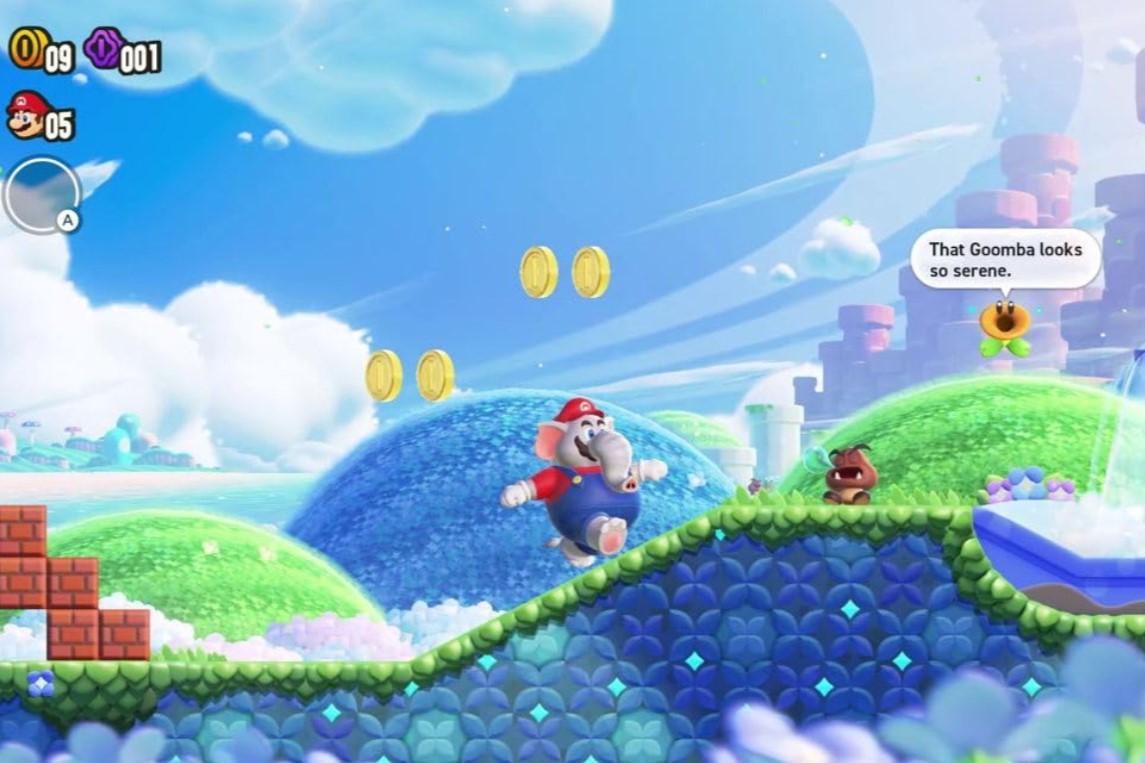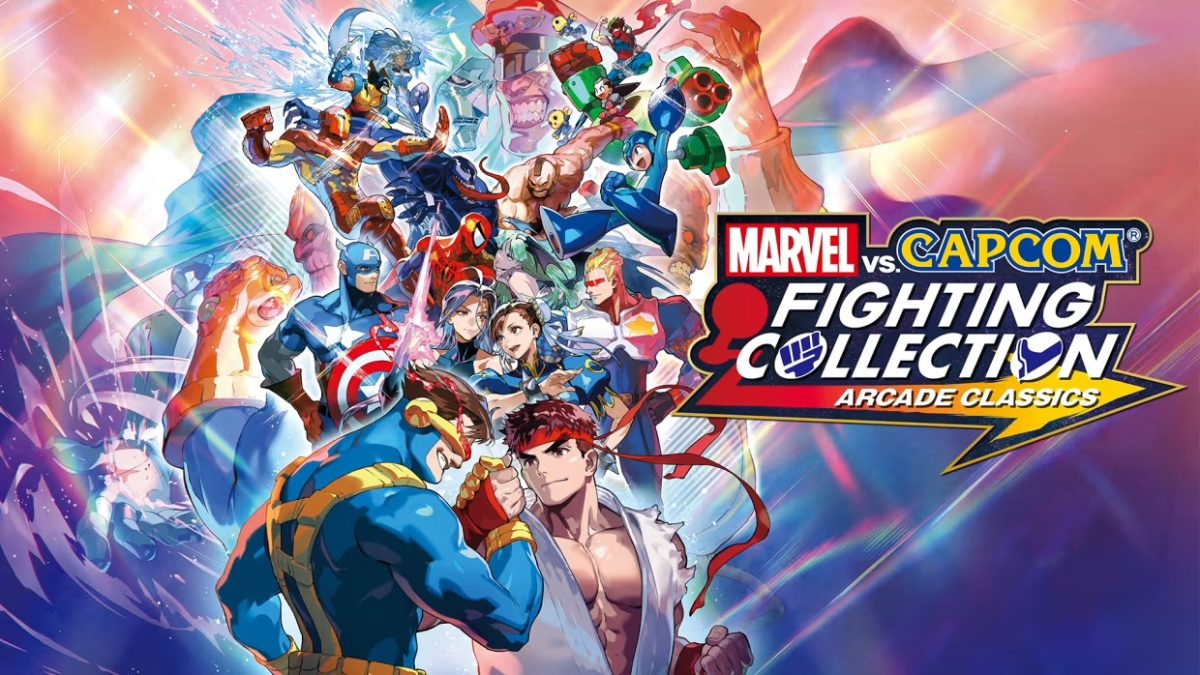“Super Mario Bros. Wonder,” released on Oct. 19 for the Nintendo Switch, addresses many distasteful elements of previous “Super Mario Bros.” games as well as provides extraordinary and often reality-reevaluating experiences.
Some franchises overstay their welcome. When I heard that there would be a new 2D “Super Mario Bros.” side-scrolling platformer coming out, I was skeptical of its $60 price tag.
The last entry I played in the franchise, “New Super Mario Bros. 2,” was a reduction of all the principles a good platformer game should have down to the bare minimum. The gameplay was a chore, with little replay value. Incentives were watered down by the 3DS game’s superfluous economy. To be blunt, it felt like I wasted my time and money. This is not the case with the latest Mario game, “Super Mario Bros. Wonder.”
“Super Mario Bros. Wonder” is a game both old and new fans will enjoy. Stages are given a difficulty rating, which allows developers to mix easy and demanding stages throughout the game. Normally, the difficulty progresses as the player progresses within the story. Presenting the difficulty rating allows experienced players to play challenging levels early on without discouraging newer players from giving up.
The game’s main gimmick is Wonder Flowers. These flowers allow for many manipulations of the environment, enemy or player. One moment, the player may be running from a Boo belting out operatic tones, and the next, they may become a spiky wrecking ball, destroying every enemy in sight.
Get The Daily Illini in your inbox!
The concept of choice is expanded to its maximum in “Super Mario Bros. Wonder” within its level and world design. Each level is worth one to three Wonder Seeds, this game’s version of progression markers. Each area within the game has its own levels and tally of Wonder Seeds.
Most of the time, the player chooses their next level from various options, as multiple levels tend to unlock once you reach a certain threshold of Wonder Seeds. There are many different combinations of levels you can complete to reach the final challenge of the world, and if a level is too hard, the player can skip it.
Badges, a collectible that can be found by completing certain stages and buying them from the various in-game shops, allow the player to choose an additional ability. If you often find yourself falling into pits, there’s a badge for that. If you often find yourself in need of a Super Mushroom once a stage starts, there’s a badge for that. If you often find yourself wanting to dash at breakneck speeds, there’s a badge for that. The badge system allows for gameplay customizability to fit a player’s specific platforming tendencies.
In several Mario games, many fans have discussed disliking underwater and auto-scrolling levels. “Super Mario Bros. Wonder” takes successful measures to mitigate such feelings. Many of the fans’ complaints surround the slow pacing and poor underwater controls for underwater levels.
To solve this problem, Nintendo implemented a Dolphin Badge. This badge allows players to have more control over movement direction underwater, as well as speed up the swimming pace.
It is also of note that the underwater levels have a faster pacing than similar levels from previous games. One instance is an underwater chase sequence. Though underwater chase sequences are not new, instead of the player traveling a linear, forward path, this underwater chase sequence allows the player to move in any direction to avoid a large, fish-like enemy.
For auto-scrolling levels, the developers designated that level type to the flying battle airships. This allows the player to preemptively acknowledge that they are entering an auto-scrolling level. Many players do not like auto-scrollers, as they must wait for the screen to catch up to their gameplay.
“Super Mario Bros. Wonder” addresses such an issue by having Bowser hone in and throw explosions at the player, similar to Snake’s Grenade Launcher in “Super Smash Bros.” This disincentivizes players to keep still, forcing movement that was often missing in auto-scrollers.
One flaw of the previous games that is not adequately addressed is the lackluster boss fights. 2D Mario games are not known for their boss fights, as they tend to be predictably formulaic.
This game is no exception. Specifically, the boss sequence at the end of flying battleship levels feels elementary. The skirmish is a twist on a platformer that can be easily done with mediocre movement controls.
Additionally, many of the Bowser Jr. fights use recycled arena gimmicks from older games.
For example, the water flowing in and out of the arena in the Sunbaked Palace confrontation is a conglomeration of the various Wendy O. Koopa fights found throughout the series.
However, the dull boss fights do not greatly detract from the game’s overall appeal; the platforming and build-up sequences before such fights are at their peak.
This game is one of a kind in the current video game landscape and is a must-play. From its zany mechanics to its boundless creativity in strengthening player choices, “Super Mario Bros. Wonder” will have you falling in love with the decades-old series all over again.




